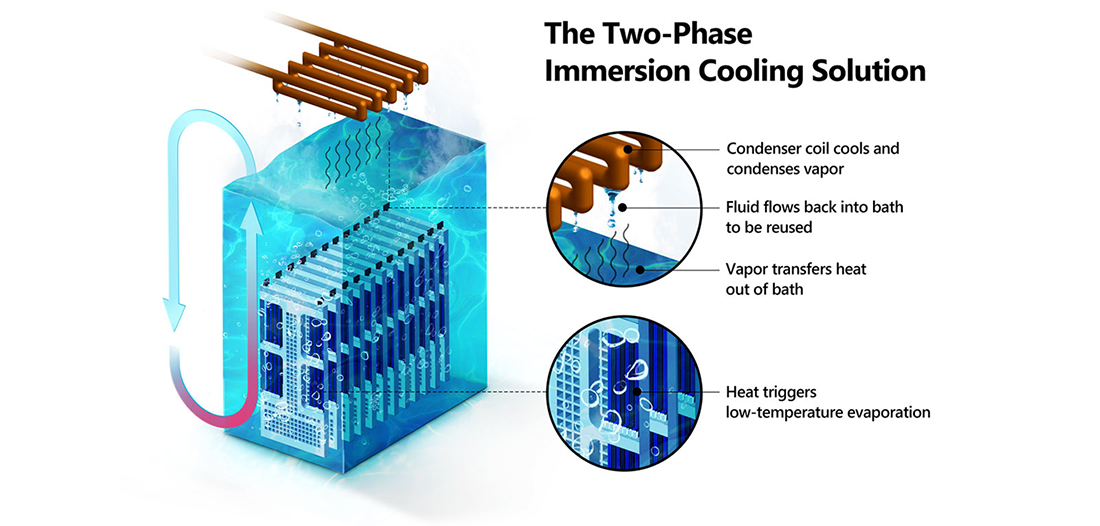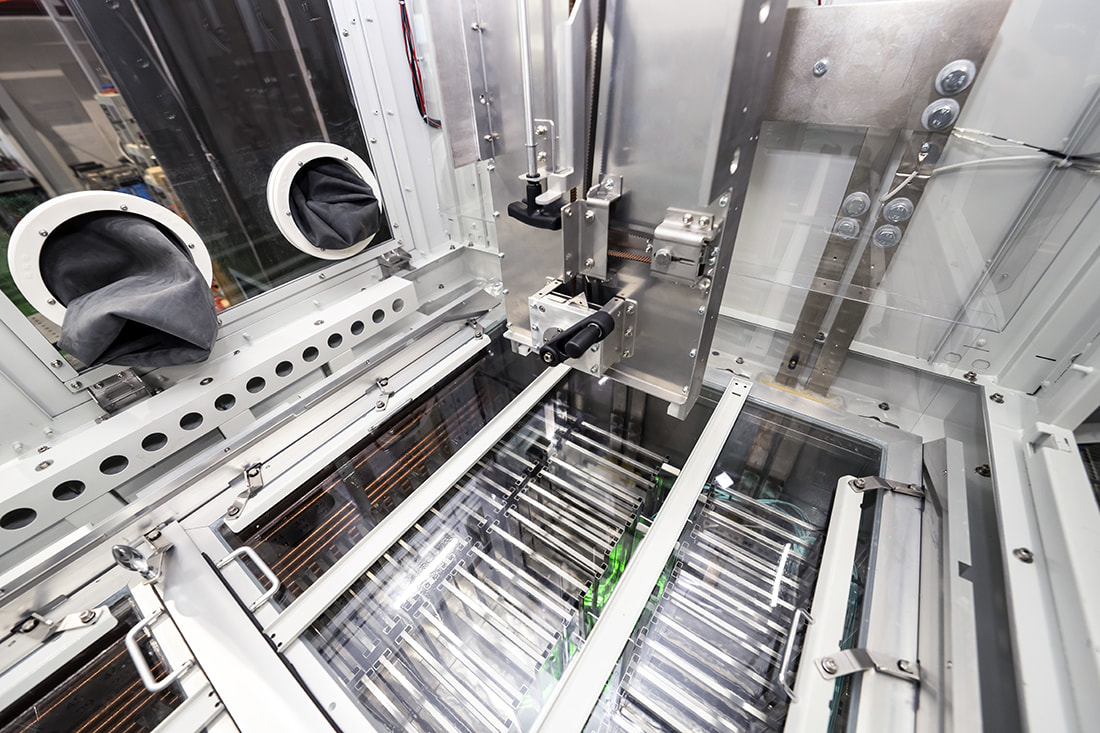PR CENTER
PR센터
![]()
![]() PR센터
PR센터![]() 보도자료
보도자료
보도자료
| [GIGABYTE] Semiconductor Giant Selects GIGABYTE’s Two-Phase Immersion Cooling Solution | |
|---|---|
| 작성자 : 관리자( khkim@goak.co.kr) 작성일 : 2023.06.15 조회수 : 238 | |
| 첨부파일 |
o202206011715568433.jpg |
 GIGABYTE Technology has built a “two-phase immersion cooling solution” for one of Taiwan’s foremost semiconductor giants, to be used in its sustainable, future-proof “green HPC data centers”. Not only does the solution boost the performance of HPC processors by over 10%—which is crucial for the nanometer process technology used in IC foundries—it also reduces data center power consumption by 30% and lowers PUE below 1.08, which turns it into a role model of green computing that may be replicated in data centers around the world. This exemplary project demonstrates how GIGABYTE can support its clients’ CSR, ESG, and SDGs-related initiatives, and how GIGABYTE is working tirelessly to “Upgrade Your Life” with high tech while protecting our environment.
Benefit #1: Eco-Friendly Solution Reduces Power Consumption by Up to 30% and Lowers PUE Below 1.08

The two-phase immersion cooling solution relies on the natural evaporation and condensation of its dielectric coolant, which has a low boiling point of 50°C, to transfer heat from the electronic components to the condenser at the top of the tank. This is a superbly energy-efficient system that reduces power consumption and lowers PUE.
Benefit #2: Highly Dense Configuration of HPC Processors Gets 10% Boost in Computing Performance

The 96 GIGABYTE server motherboards installed in the two-phase immersion cooling solution run on AMD EPYC™ processors. Because immersion cooling is more effective at removing heat, the CPUs can operate at maximum capacity, resulting in a performance boost of over 10%.
|
|
| 이전글 | [GIGABYTE] CSR and ESG in Action: GIGABYTE Helps NCKU Train Award-Winning Supercomputing Team |
| 다음글 | [GIGABYTE] NCHC and Xanthus Elevate Taiwanese Animation on the World Stage with GIGABYTE Servers |



